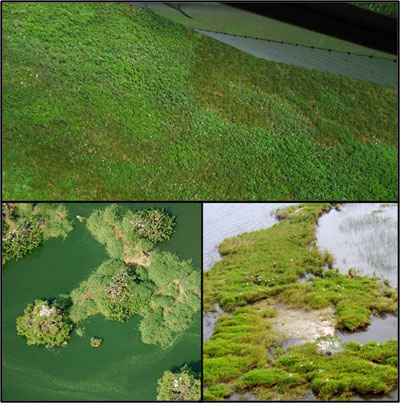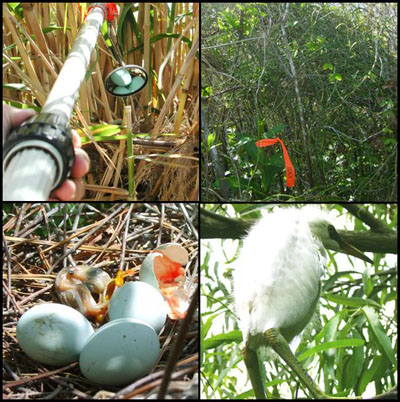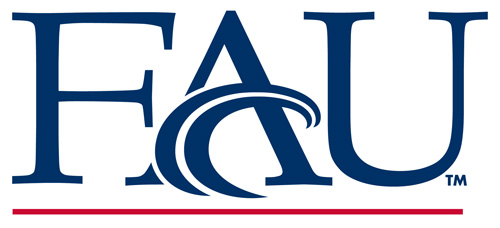


Similar to the Everglades, declines among wading birds at Lake Okeechobee reflected management policies that disrupted the natural hydrology of the lake. When compared to the historical record, research showed that wading bird nest effort declined by 60% from 1978–1992 following increases in the regulation schedule. Researchers concluded that disruptions to the timing, duration, and depth of wetland inundation reduced the availability and suitability of littoral zone habitat for foraging wading birds, which consequently caused declines in nest effort.
Today, in order to restore lake health and the vitality of its wetland communities, lake experts recognize the need to operate under a regulation schedule that (1) minimizes the frequency and duration of high water levels and (2) reintroduces natural hydrological variability. Following from the trophic level hypothesis for the Greater Everglades, the new regulation schedule authorized under the Lake Okeechobee Protection Plan should benefit wading birds. The plan allows for periodic managed recessions of lake levels during the dry season, which is significant for wading birds because management action coincides with the onset of wading bird colony formation when receding waters concentrate prey in freshwater marshes of the littoral zone.
The trophic hypothesis proposes that higher trophic level populations of organisms are limited by changes in hydrogeochemical properties of the environment that regulate lower trophic level resources. With reference to wading birds, this hypothesis states that if hydrology better mimics historic conditions then (1) prey populations will proliferate during the wet season and (2) wading birds will experience increased access to those prey during the dry season. If wading birds experience enhanced foraging opportunities during the breeding season as ecosystem quality improves, then monitoring efforts will reflect short-term improvements in wading bird reproductive success which should lead to population recoveries over the long-term. Thus, breeding wading bird populations are identified as key performance measures that will gauge ecosystem recovery and guide water management decisions. In 2005, Florida Atlantic University was contracted under MAP Activity Numbers 3.1.3.13 and 3.1.3.14 of the Greater Everglades Wetlands module to monitor the timing, size, and location of breeding wading bird colonies at Lake Okeechobee alongside measures of reproductive success. Results from 2005–2007 are available, and monitoring efforts are slated to continue until at least 2010.

